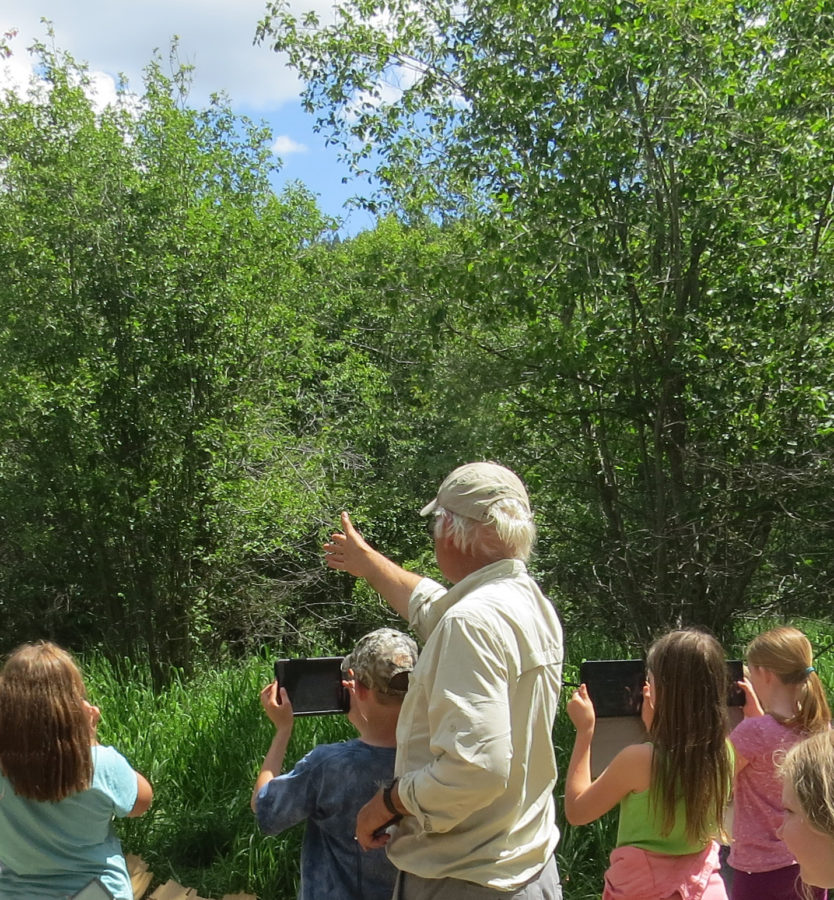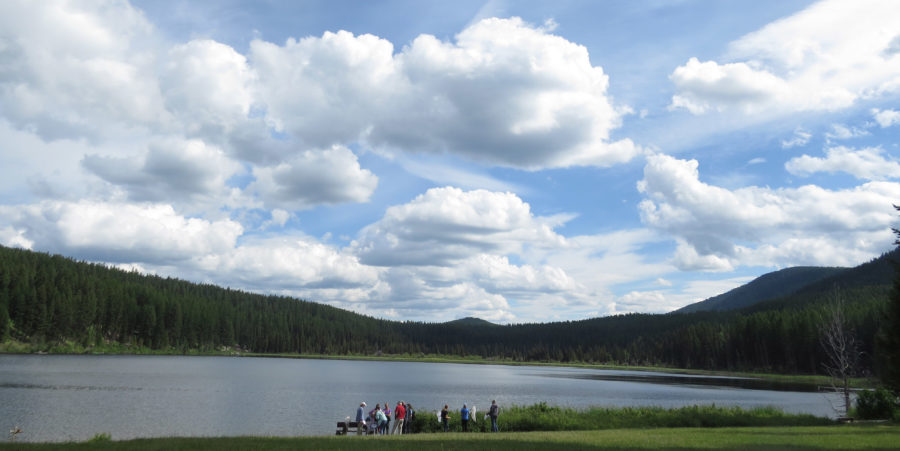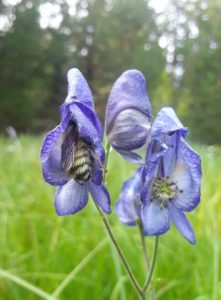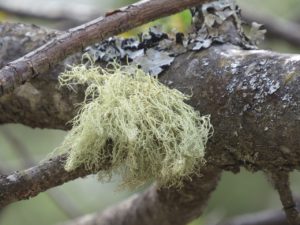Digital Tools for Naturalists
Saturday, July 13th, 2019

Many of us carry smartphones as cameras and for a few of our favorite apps, but are you curious about other apps that might help you explore the natural world?
Learn how to make your phone or tablet into a suite of resources for identifying a wide variety of natural elements, from wildflowers and wildlife to trees and mountain peaks. Participants can choose from our list of apps prior to the event, depending on what aspects of the natural world community members most want to explore. If you have a favorite app you think we should include on our list, email info@okanoganhighlands.org with your suggestion. See for a full list of
The group will visit a site with a panoramic view of the Pasayten Wilderness, and practice identifying peak names. We will then explore the Lost Lake Wetland and Wildlife Preserve, using apps appropriate for the species we encounter. After the event, participants are encouraged to enjoy Lost Lake with swimming, canoeing, or kayaking, and continued observations of the beautiful and diverse plant and animal species that make the lake and forest their home.

Due to the nature of the outdoor event, participation is limited, and priority registration is currently being offered for OHA members. A waiting list will be generated on a first-come, first-serve basis. To begin or renew OHA membership and be first in line to register for the summertime events, community members can donate online, or contact OHA for more information.

